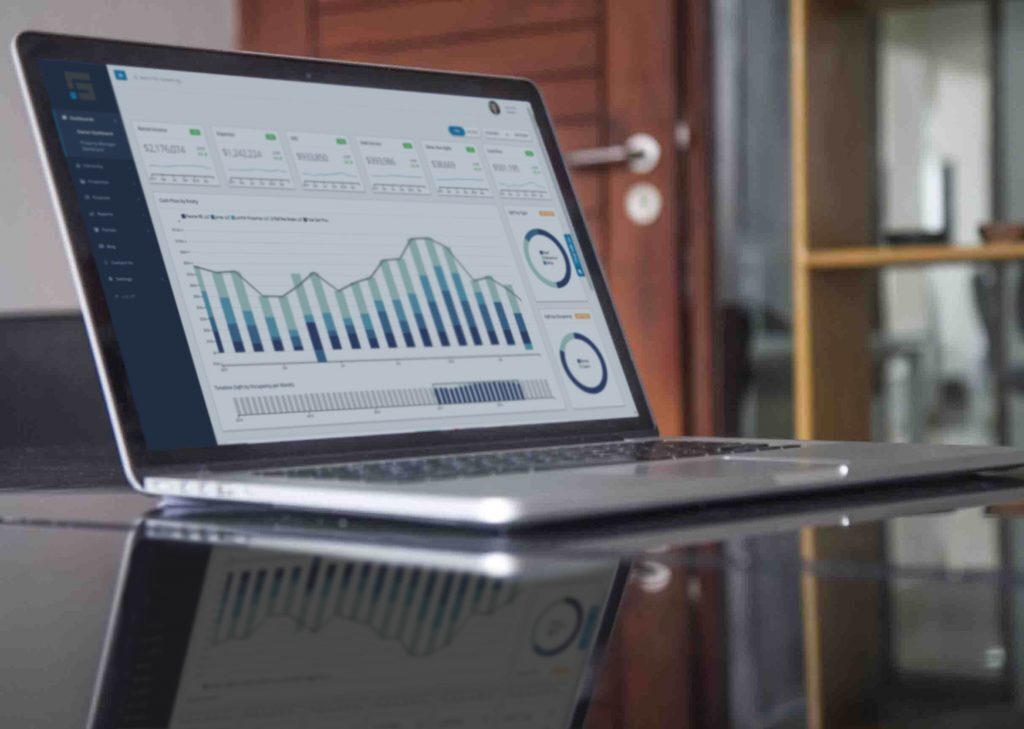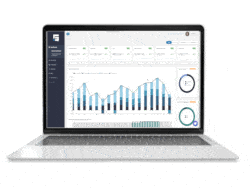In 2025, most offices have largely forgotten the threat of COVID-19. In many ways, workplaces have gone back to normal, or have settled into new routines.
Yet even though the most immediate threat has passed, it is crucial to remember the lessons learned during the pandemic so that we can remain in the office. Using appropriate preventative measures helps keep us all at our safest and healthiest. In this article, we update our considerations for companies reopening their offices in 2020 in order to address key employee well-being concerns of today.
General Office Protocol
Many larger companies have installed temperature checking stations at the front door of the office building to prevent anyone with a fever from entering the premises. For smaller offices, companies need to encourage their employees to monitor their health and surroundings. If they believe they have been exposed to the virus, employees should be encouraged to self-isolate for up to 2 weeks.
Additionally, if an employee does have noticeable symptoms, they need to first, stay at home. Second, the employee should notify their employer so the employer can identify others that may be impacted to prevent further spread. Having safety meetings is important to remind employees about the safety protocols.
Signs should be visible everywhere encouraging the use of hand sanitizer, social distancing, and mask-wearing.
In 2025: while the most rigorous protocols may no longer be necessary, these guidelines are still important. Continuing to provide access to hand sanitizer, masks, and even temperature checking stations can help employees monitor themselves for a variety of illnesses. Having PPE available also helps protect themselves and others if someone starts to exhibit symptoms while at work.
Of course, it is still vital that sick employees stay home and notify their superiors and teams. Clear communication about any contagious diseases allows everyone to take necessary steps to protect themselves.
Meeting Management
Without a doubt, teams have all had to learn about better use of technology to adapt to a work-from-home environment. But as teams return to the office, the desire to return to the use of meeting rooms will also return. Limit in-person meeting attendance. Instead, encourage some employees to continue to use conferencing tools we have all become so comfortable with.
In 2025: With the rise of hybrid and remote work, meetings may still be partially or entirely online. Using meeting management tools including shared calendars and room sign-ups helps avoid time conflicts and over-filled meeting rooms. Not only is this safe, it’s more efficient and less frustrating.
Community Areas
Gathering spaces such as conference rooms, kitchens, and lobbies, need to have the furniture spaced out or even removed to encourage social distancing. Some offices have implemented the use of traffic patterns through space to discourage gathering or clustering of people.
In 2025: While people are certainly eager to sit together in gathering spaces, it’s important to continue providing some socially-distanced or remote options for these locations. Doing so allows employees who may have personal health concerns to remain safely engaged in meetings and in socialization.
Office Work Areas
From a seating perspective, desks should be reorganized so they are at least 6-feet away from one another. For offices where space and furniture make this impossible, plastic shields should be installed to limit person-to-person exposure.
In 2025: Remote and hybrid work have changed the game here, too. New seating concerns may include hybrid workplace planning to ensure that all employees have a desk when in the office, without wasting space when they are home. Additionally, lingering virus concerns have led to preferences for less open floor plans and more personal space.
Sanitizing Stations and Cleaning
Hand sanitizing stations should be visibly placed near the front entrance and by any high-touch areas such as stairs or frequently accessed spaces. Other high-touch areas such as refrigerators, sink handles, door handles, should be frequently cleaned using disinfectant wipes. The disinfectant wipes should be readily available encouraging everyone to participate in keeping the area clean. And, keeping personal space clean.
In 2025: It’s always a good idea to keep things clean. Maintaining disinfectant wipes and hand sanitizer in high-touch locations is a good safety measure to protect the whole office from a variety of illnesses.
It Takes A Village
We have all heard of the threat of a resurgence of the virus. To prevent this, even in 2025, everyone must do their part. Whether you are going to the store, another community event, or the office, everyone must continue to be diligent to prevent and reduce the spread of the virus.
As a culture, particularly in the United States, we have often adopted the “tough-it-out” mentality. Meaning, we went into the office feeling far less than 100% because we didn’t want to look weak. But today, we need to take a different approach. We must learn to take our sick time or at the very least, quit exposing others to our illness.
As employers, it is essential to remain conscious of this for employees. This can look like offering enough sick time, encouraging employees to stay updated with necessary vaccinations, and providing safety tools in the office. Maintaining a culture of care and communication keeps everyone healthy and productive.
What things are you doing at your office to encourage people to stay safe?




